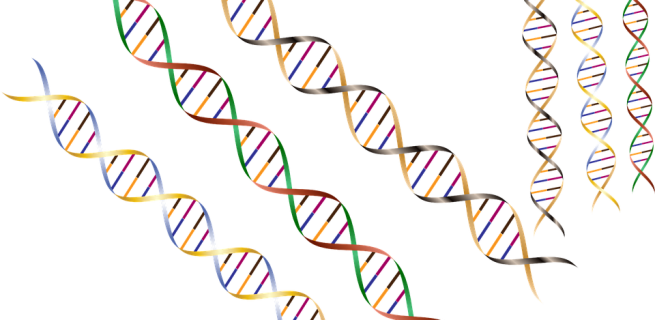By Blake O’Connor and Ugur Nedim
A recent case with a very long history serves as yet another example of DNA profiling being used to solve crime.
DNA profiling refers to the examination of biological material obtained from two or more separate sources to determine whether they are likely to have the same origin. DNA evidence is generally used in court to link or exclude a witness – such as a defendant – to or from an alleged crime.
There have been significant advancements in the accuracy of DNA profiling over the past three decades or so – with amplification techniques now purportedly able to accurately determine the protein (allele) composition of minute quantities of biological material.
However, the use of DNA evidence has also been criticised on the basis that it can be presented to juries in a misleading fashion – often making it seem incontrovertible, when in fact matches rely on the expertise, accuracy and impartiality of the DNA examiner.
Criticism has also been levelled at the fact that those who provide expert DNA certificates in NSW are normally serving members of the NSW police force, rather than independent parties.
That said, there is no doubt that DNA evidence has been instrumental in both convicting and exonerating those who are suspected of crimes.
Murder Trial of Robert Adams
In September 1983, Sydney nurse Mary Louise Wallace left the Alpine Inn at Crows Nest, Sydney and agreed to a lift home with Robert Adams.
Mr Adams concedes the pair had sexual relations in the car, but claims he fell asleep thereafter to find that Ms Wallace had left. He says he drank up to 20 schooners of beer that day.
Thirty years later in 2013, Mr Adams was charged with Ms Wallace’s sexual assault and murder as a result of the forensic re-examination of two hairs found in the boot of Mr Adams’ car, which the prosecution claims belong to Ms Wallace.
The trial is being heard by a judge-alone in the Sydney Supreme Court this week, where the prosecution is relying on ‘tendency evidence’ to bolster its case. The prosecution’s argument is that Adams’ previous convictions for raping three women in the 1970’s make it more likely that he is guilty of sexually assaulting and murdering Ms Wallace.
In relation to the DNA evidence, prosecutor Mark Hobart SC submitted to the court that:
“… no differences were detected between the mitochondrial DNA profiles of the two hairs from the boot of the accused’s vehicle and the hair taken from the hairbrush seized from Mr Wallace’s apartment”.
Ms Wallace’s body was never found, making the DNA evidence crucial to the prosecution’s case.
The trial continues and the judge will need to decide whether the evidence, taken as a whole, proves Mr Adams’ guilty beyond a reasonable doubt.
Cracking Cold Cases
DNA evidence is perhaps the single most important factor in both exonerating and convicting suspects in cold cases – indeed in the US, more than 300 people have been exonerated as a result of the use of DNA profiling, many of whom had spent years or even decades behind bars.
There are currently a number of cases where advances in DNA profiling have enabled investigators to link suspects with crimes. One such example is the notorious triple murder of Vicki, Leanne and Barbara McCulkin in 1974 which is presently going through Brisbane courts after two men, Vincent O’Dempsey and Gary Dubois, were charged as a result of purported DNA matches.
Another is the case of a man charged with the sexual assault and kidnapping of five girls aged between 9 and 17 in Sydney’s Western Suburbs between 1989 and 1991.
Australia does not have limitation periods when it comes to the serious (or ‘indictable’) offences, which means a person can be charged years or even decades after the alleged commission of a crime. In that context, DNA can remain an important weapon in the law enforcement armoury regardless of the age of a crime.











